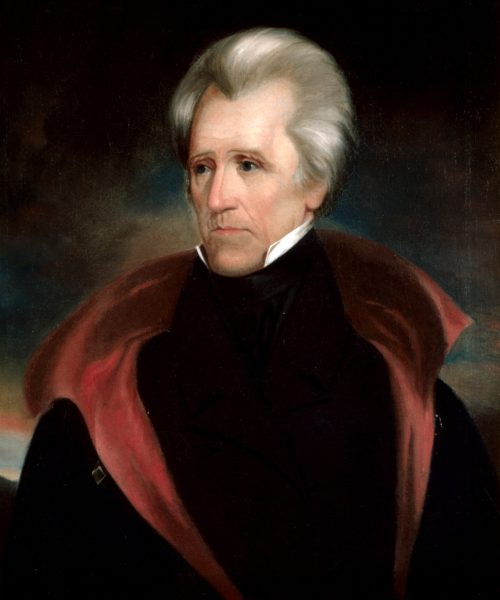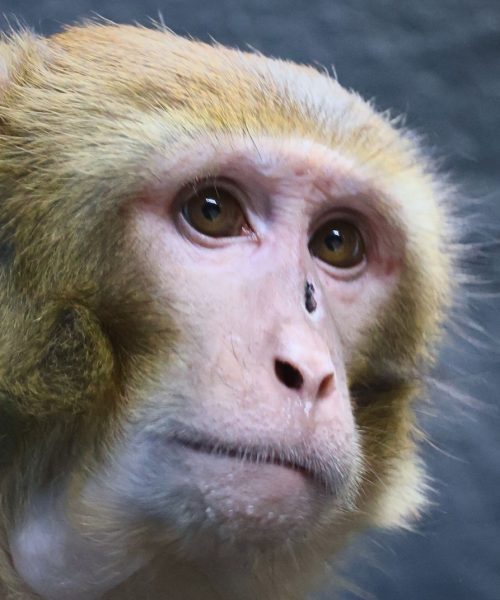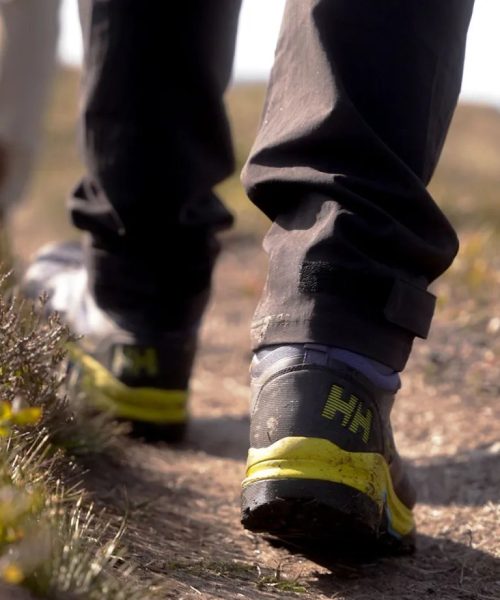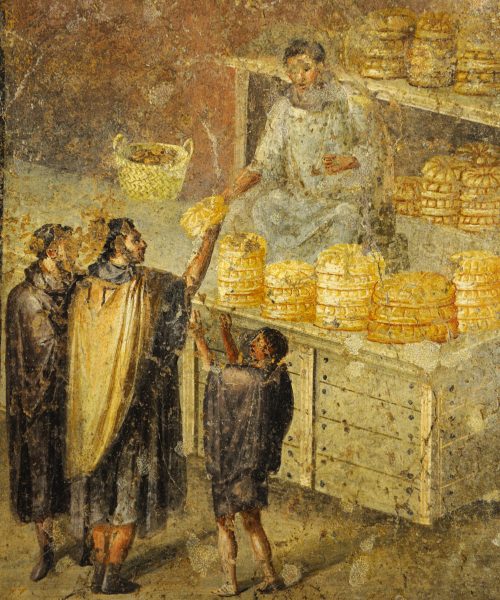Donating blood, plasma, organs, and even full bodies saves countless lives every year. But toenail clippings could also become a life-saving body part with a new pilot study from the University of Calgary in Canada.
The team is soliciting toenail donations (sorry, only from Canadians) to study a type of cancer that arises far from our feet–lung cancer. While smoking is the largest cause of lung cancer, this aggressive form of the disease can arise in those who have never had a cigarette. One of those patients is lawyer Emi Bossio who was diagnosed at only 47-years-old after developing a nagging cough.
“I never smoked, never. I ate nutritiously and stayed fit. I thought to myself, I can’t have lung cancer,” Bossio said in a statement. “It was super shocking. A cataclysmic moment. There are no words to describe it.”
[ Related: Why do humans have toenails? Because we’re evolutionary ‘weirdos.’ ]
After giving up her law practice to focus on treatment, she found the world of Dr. Aaron Goodarzi. The biochemist is leading an interdisciplinary team of scientists at the University of Calgary that is looking at the environmental causes of lung cancer, including exposure to radon. This naturally occurring gas is odorless and colorless, but also radioactive. After tobacco smoking, radon is the second leading cause of lung cancer. Still, rules governing lung cancer screening programs in Canada can’t include radon exposure as one of the risk criteria because so few people can reliably report their radon exposure across decades the way that they can report the number of years that they have smoked tobacco.
The potential solution? Toenails. Dr. Goodarzi is currently recruiting for a larger study that could fill some crucial data gaps to estimate an individual’s lung-cancer risk due to long-term radon exposure. To achieve this, he needs Canadians’ toenail clippings.
“We’ve learned that our toenails hold long-term information about our exposure to radioactive toxicants in our environment such as radon gas. They are one of our body’s archives of past exposure,” said Goodarzi. “After you inhale radon, it quite quickly transforms into a specific type of radioactive lead. Your body treats radioactive lead from radon like it does all lead and stores it in slow-shedding tissues such as the skin, hair and nails.”
In a proof-of-concept (or pilot) study published this week in the journal Environment International, Goodarzi and co-principal investigator Dr. Michael Wieser show that measuring radioactive lead in toenails is a useful way to estimate long-term radon exposure.
“We believe we’ve discovered a reliable, quantitative way to measure long-term radon exposure at an individual level,” said Wieser, a physicist at the University of Calgary. “We used a combination of personalized radiation dose epidemiology and isotope dilution mass spectrometry to evaluate ultrasensitive measurements of the radon decay product. We tested for lead isotopes in toenail cuttings and proved they can serve as a quantitative method to reveal lifetime radon exposure at an individual level.”
The participants in the pilot study were recruited from the thousands of people already in Canada’s large Evict Radon National Study. To continue studying these effects in a bigger study, researchers are hoping to recruit up to 10,000 people from all over Canada. Study participants will need to test their homes for radon and then collect and send in their toenail clippings for analysis.
“If this validation trial works, it could transform the future landscape of cancer prevention in Canada,” said Goodarzi. “The data will form the evidence that could lead to the inclusion of more patients, whose lung cancer is not caused by tobacco smoke, in potentially life-saving early screening and diagnosis.”
In the pilot study, the team noted two in five people who develop lung cancer in Canada do not meet current screening inclusion criteria and half have never smoked tobacco at all, with another half smoking too little or too long ago for the tobacco alone to be considered a cause.
“People need to understand [that] anyone with lungs can get lung cancer,” said Bossio. “I applaud the research the Goodarzi lab is undertaking.”






